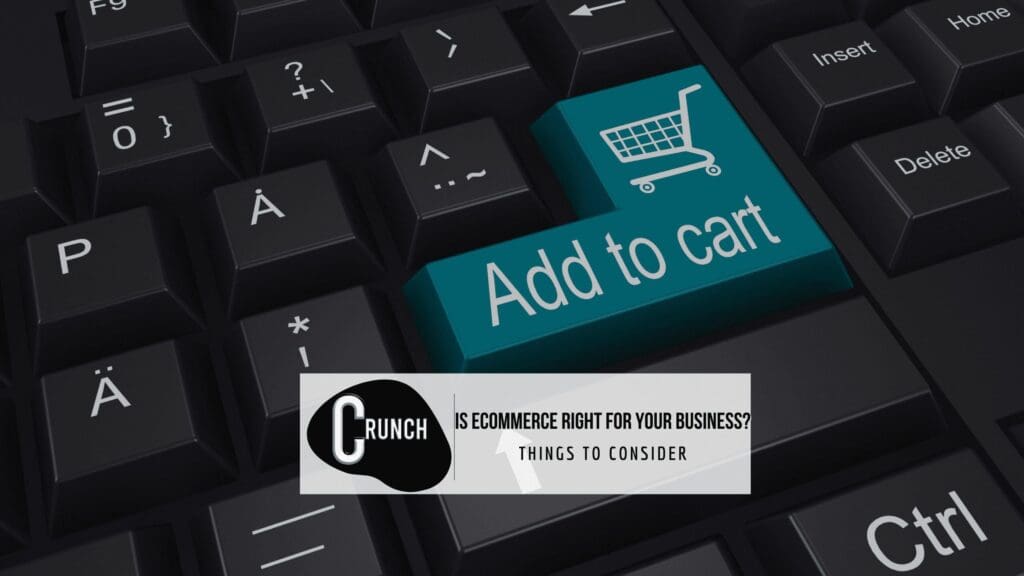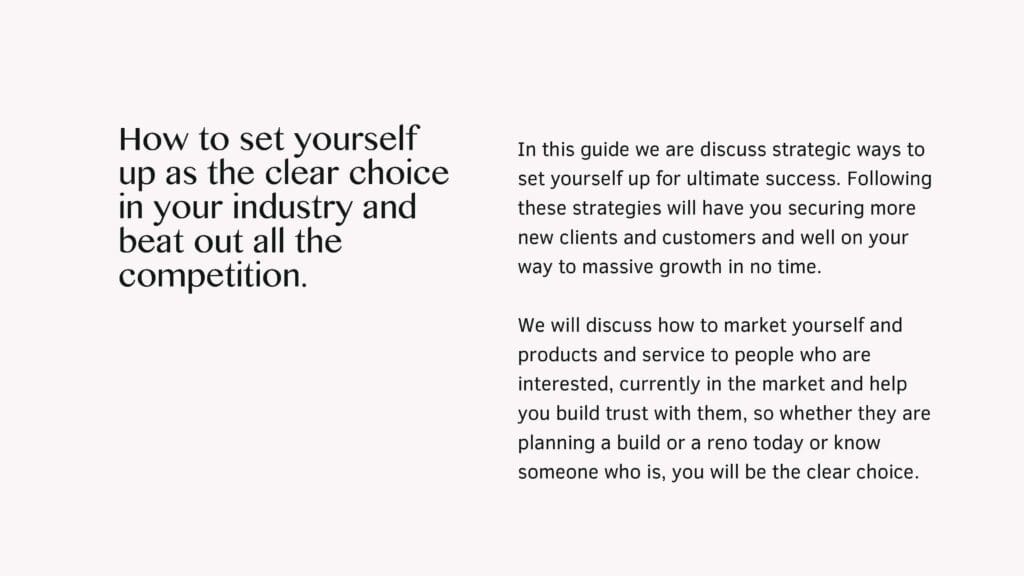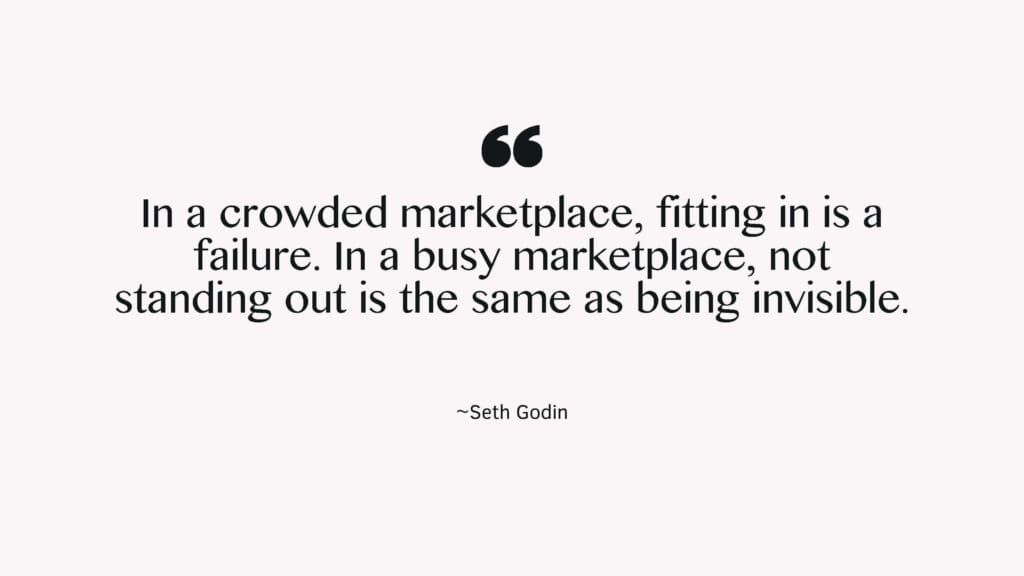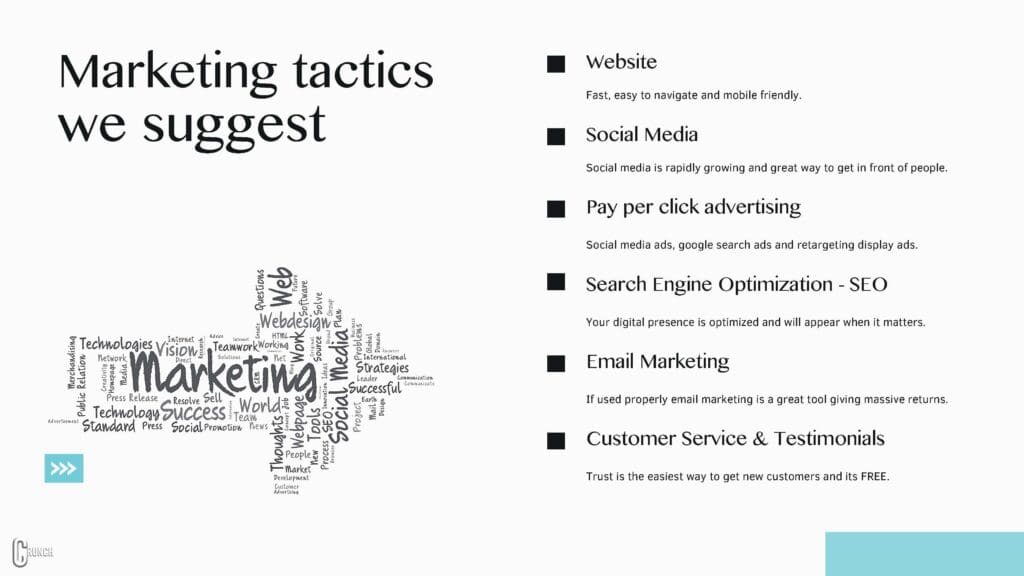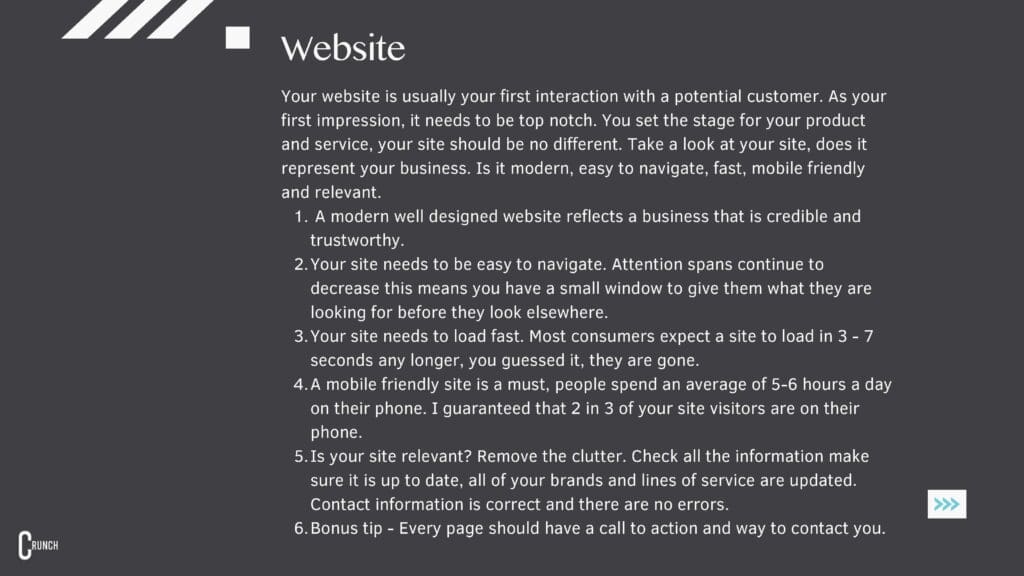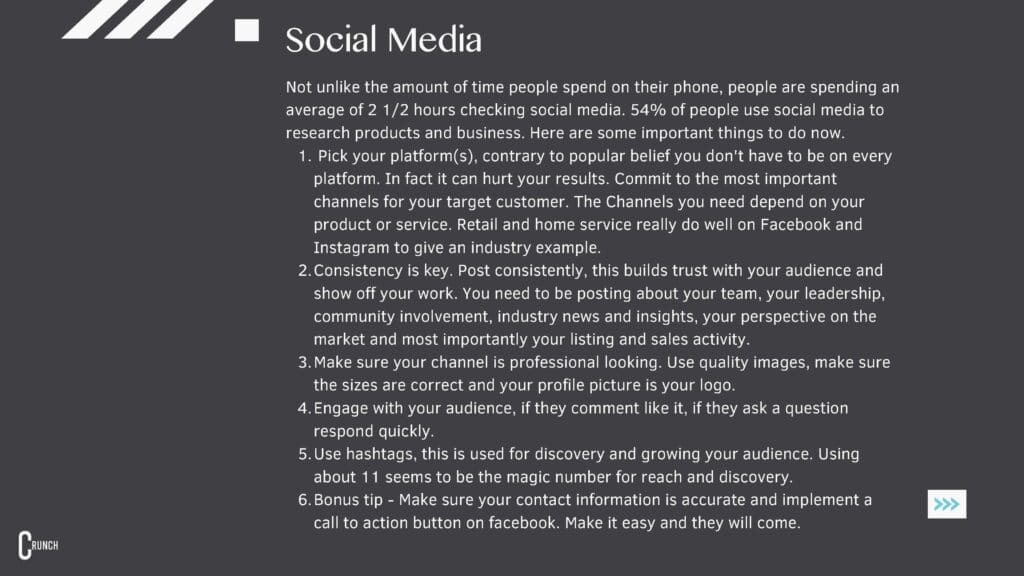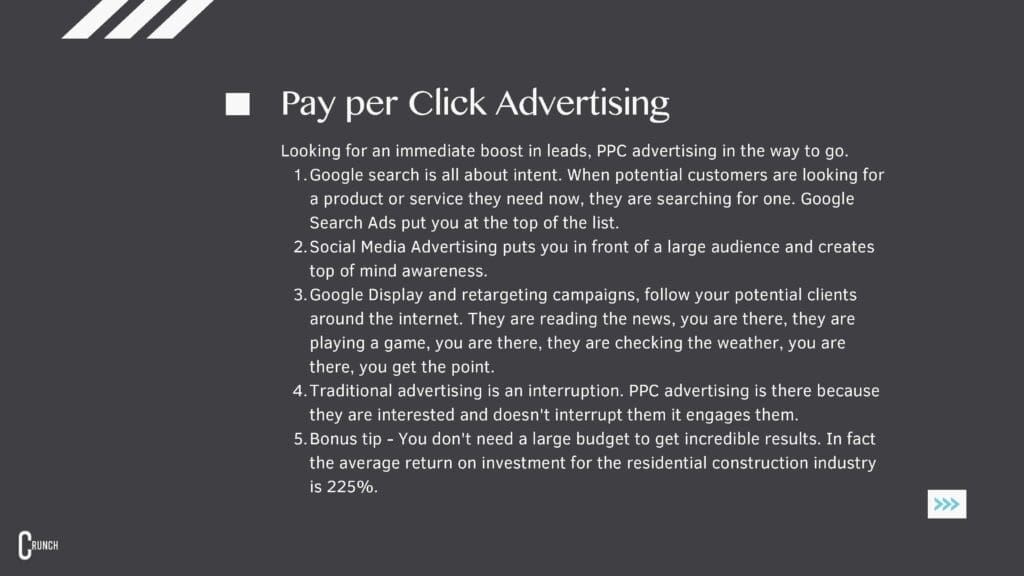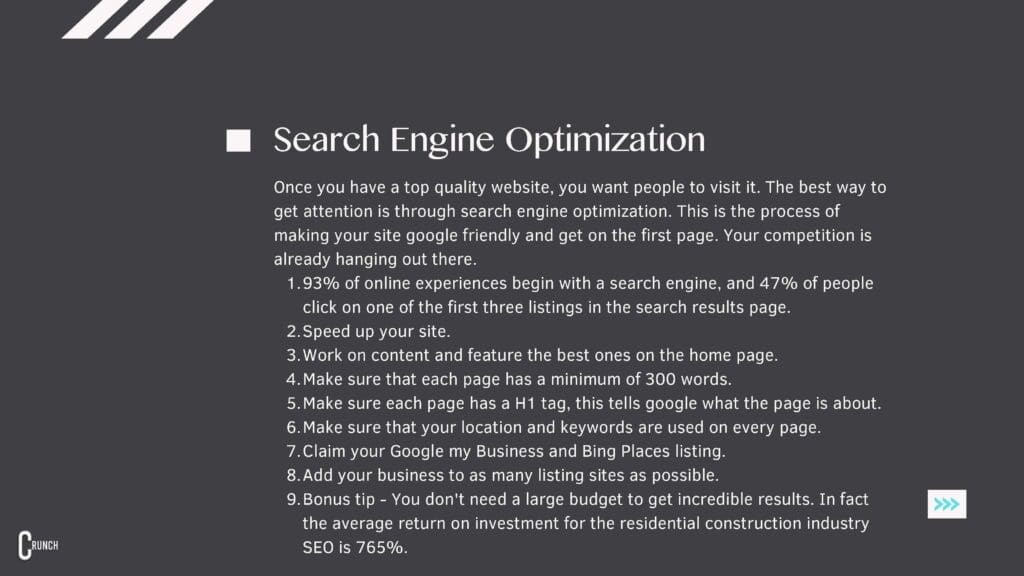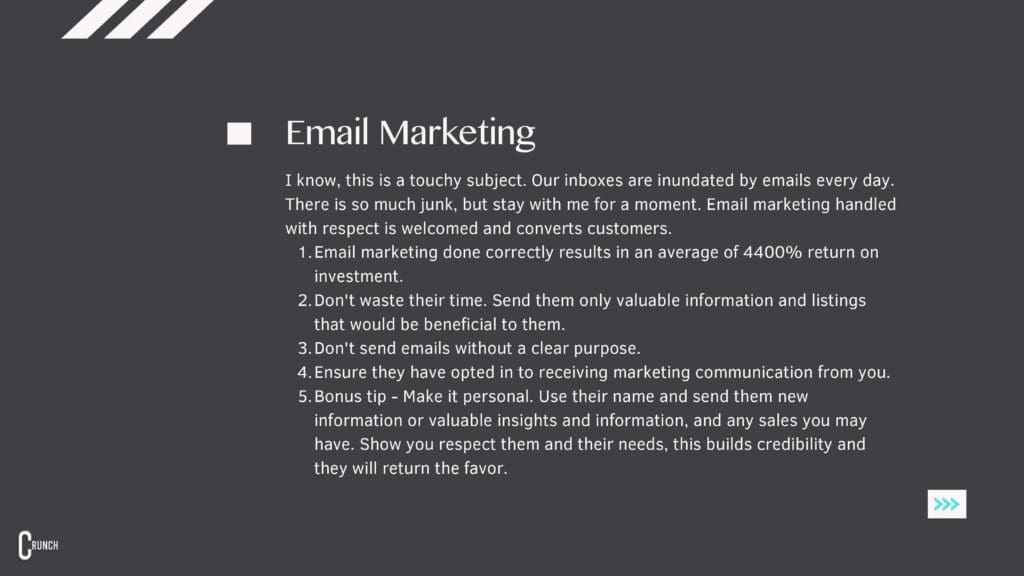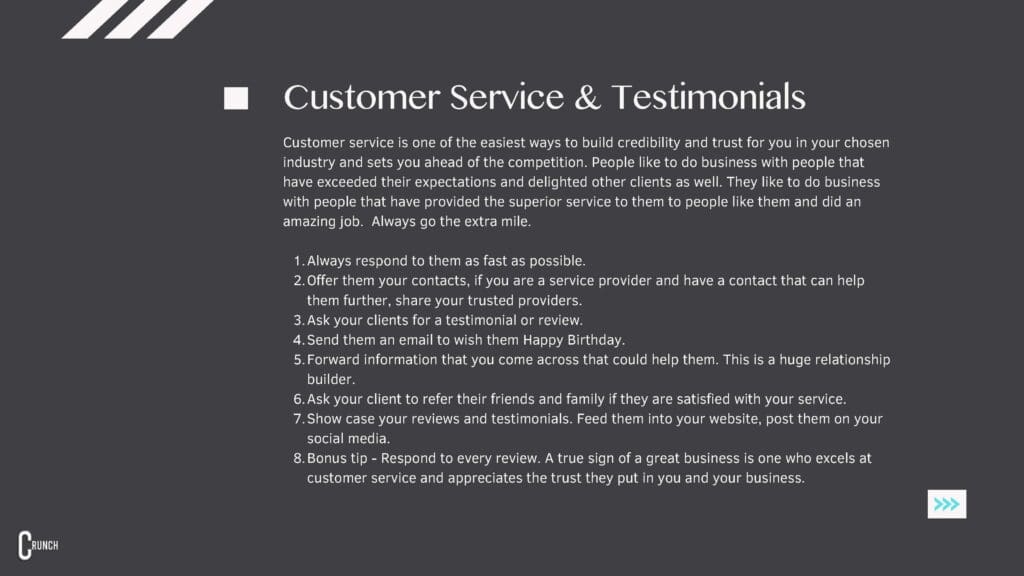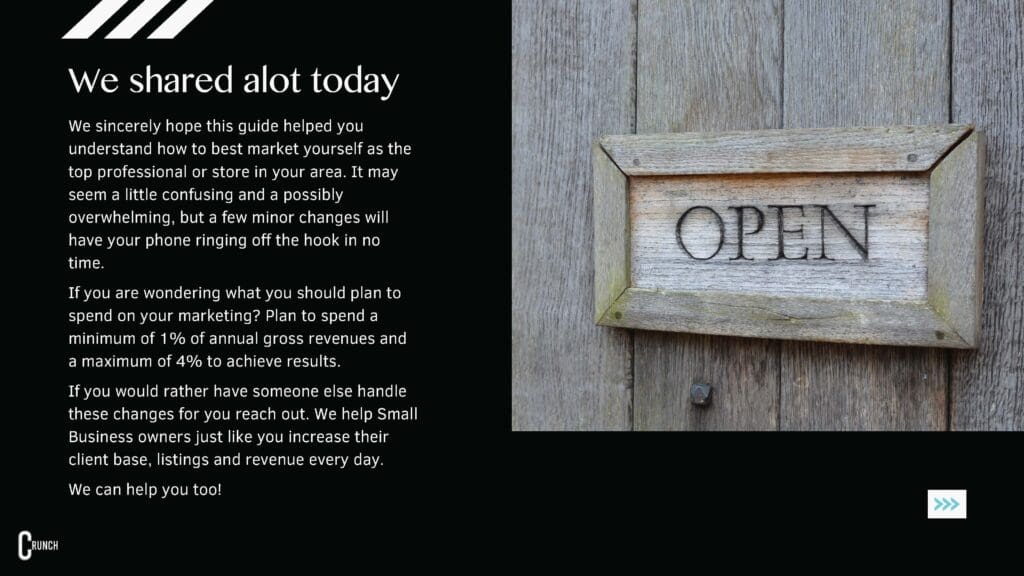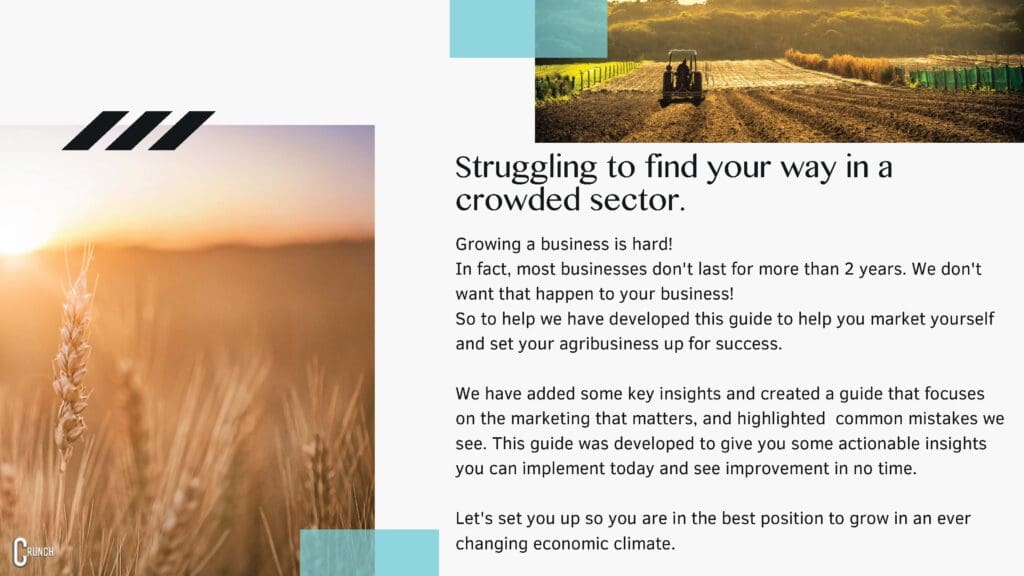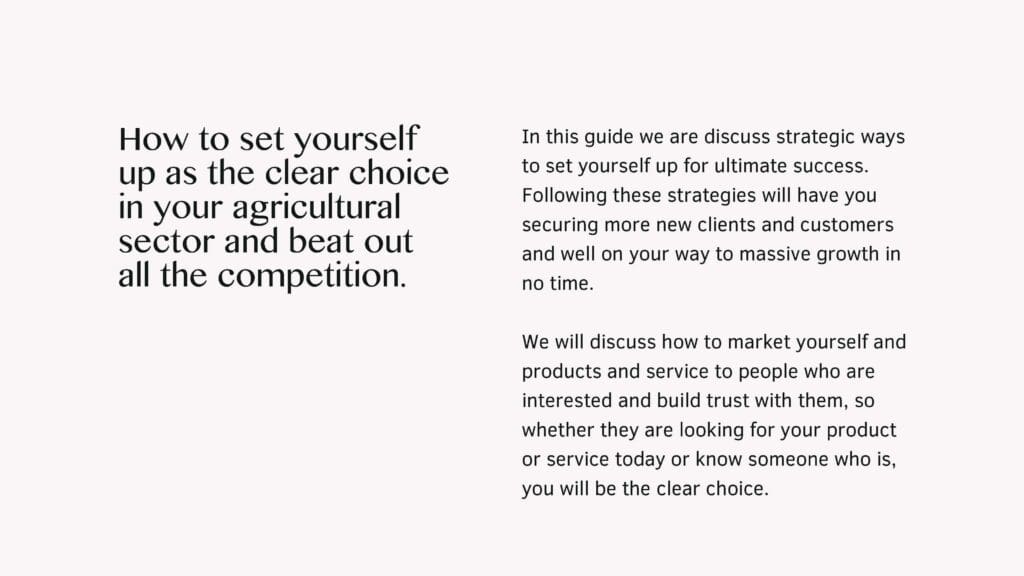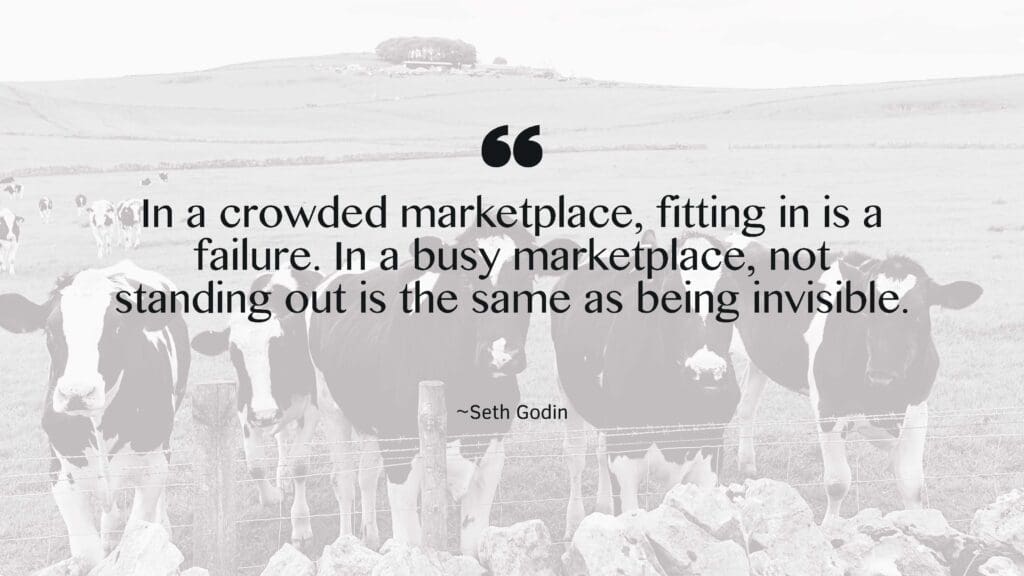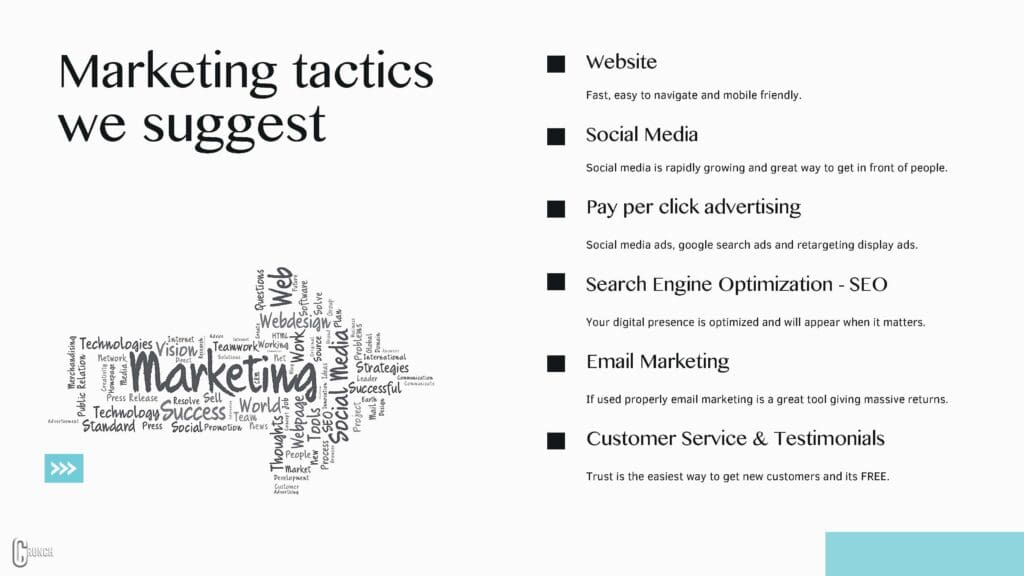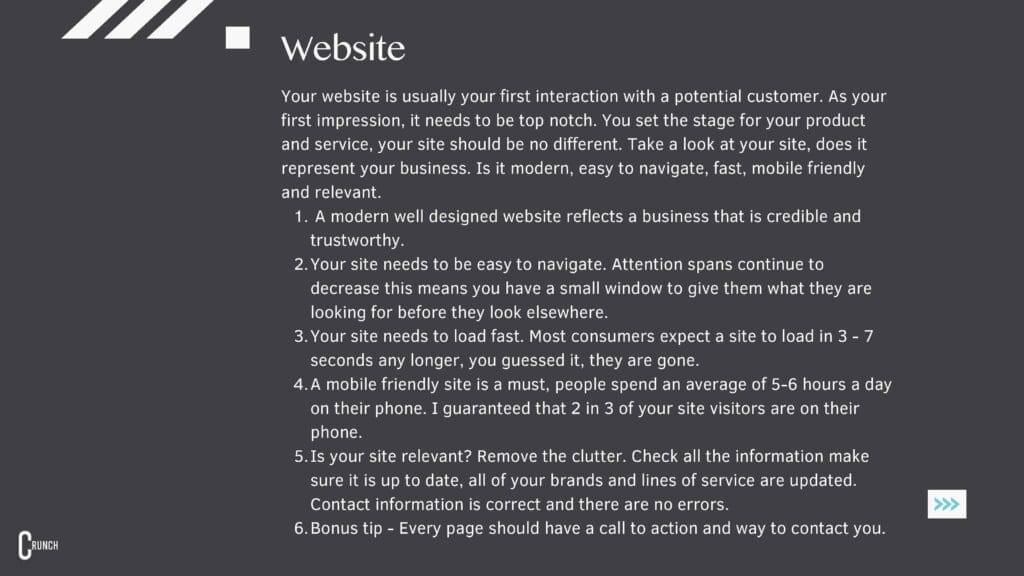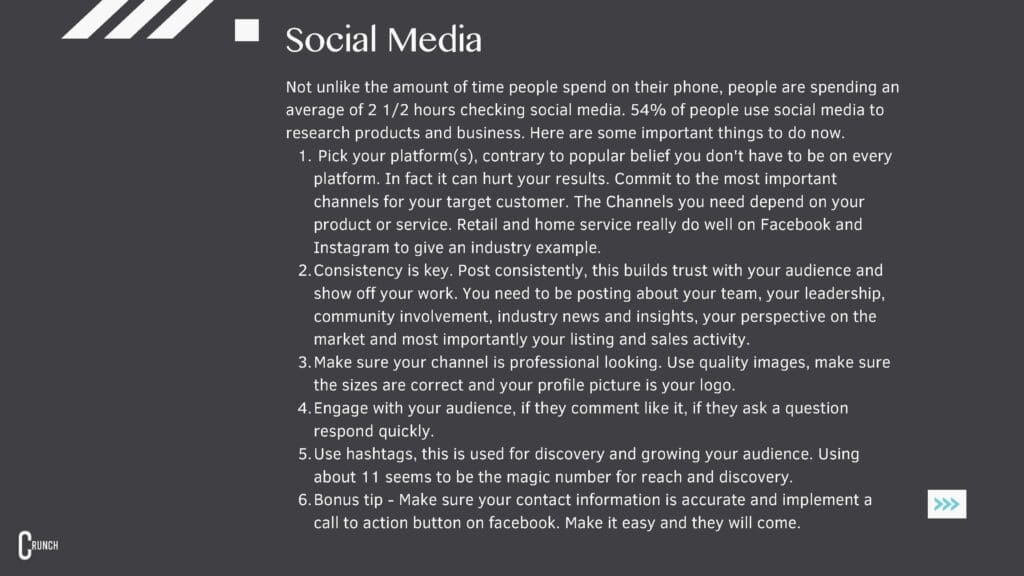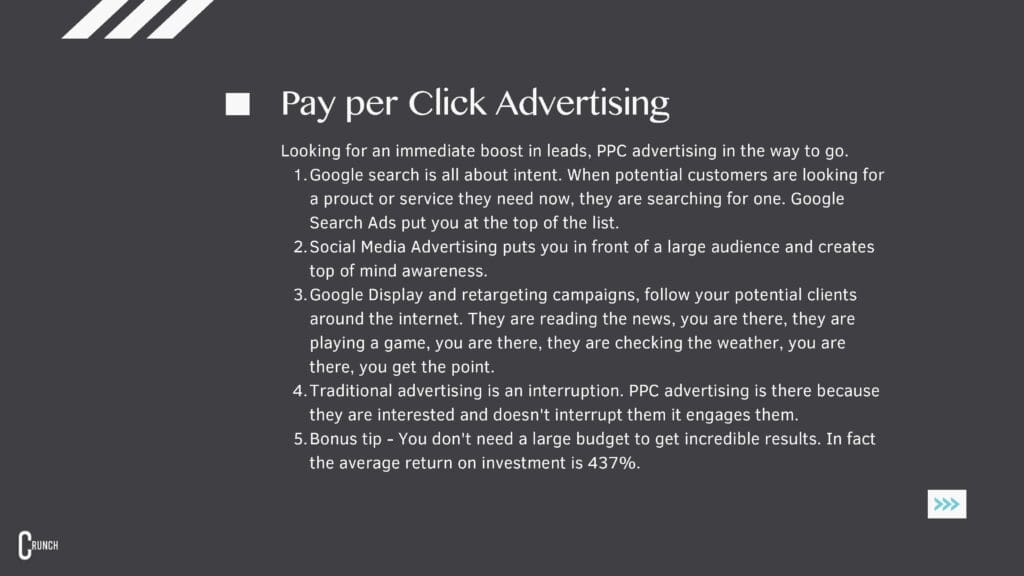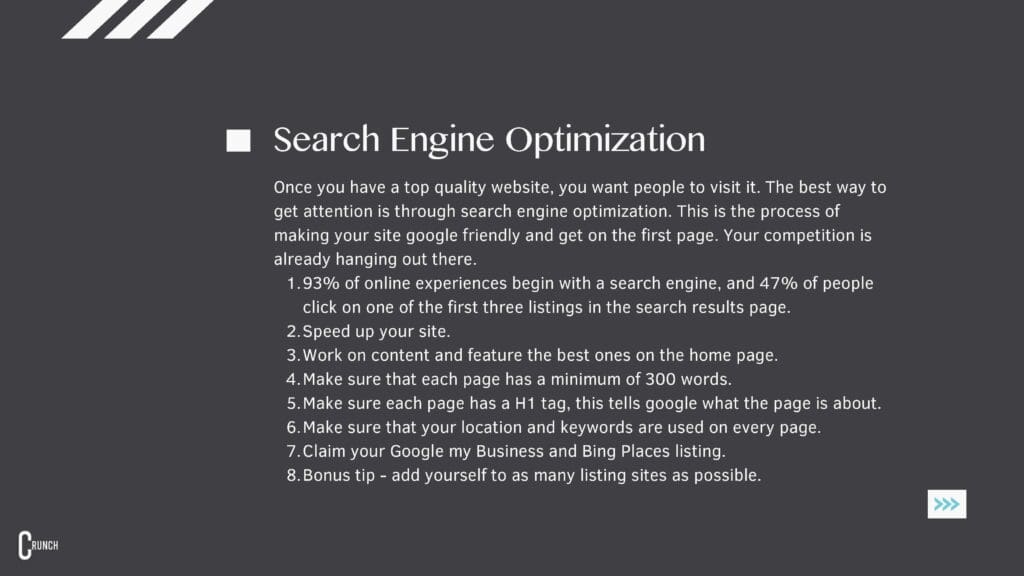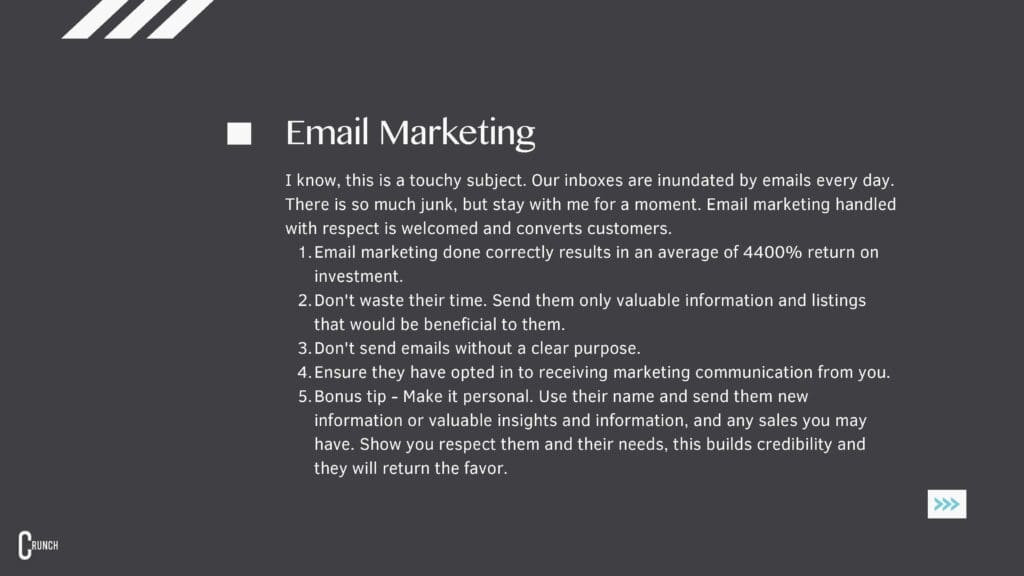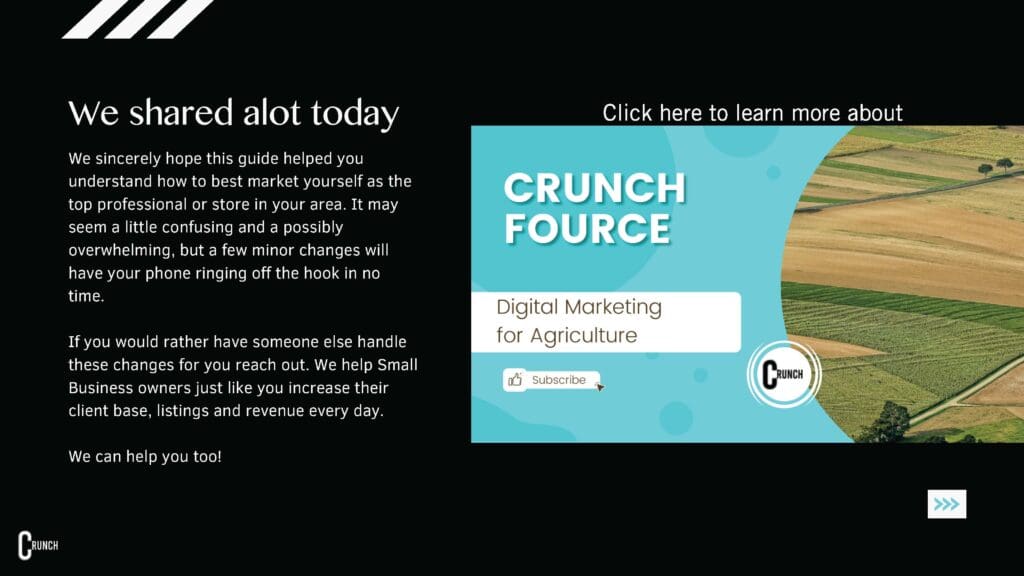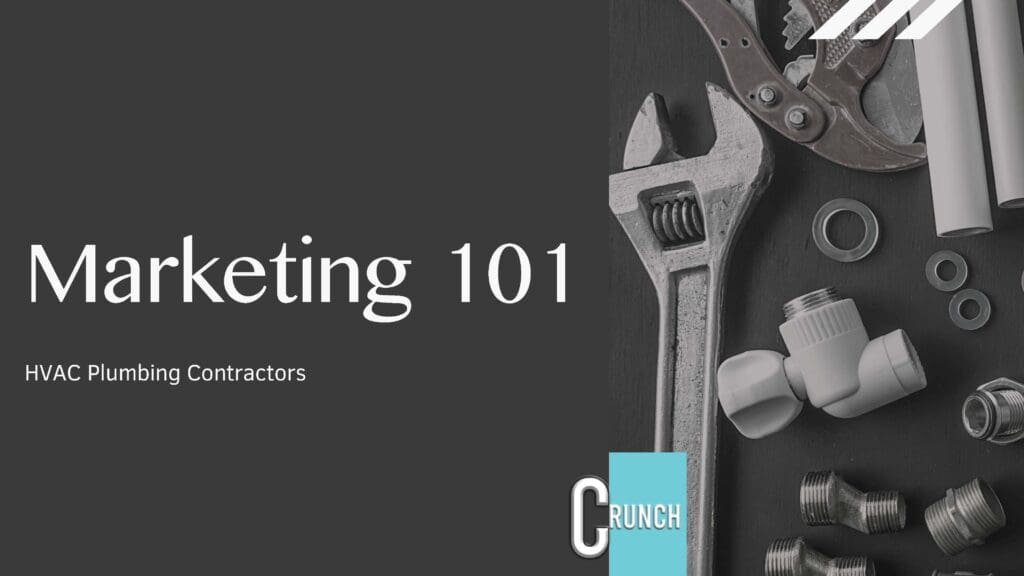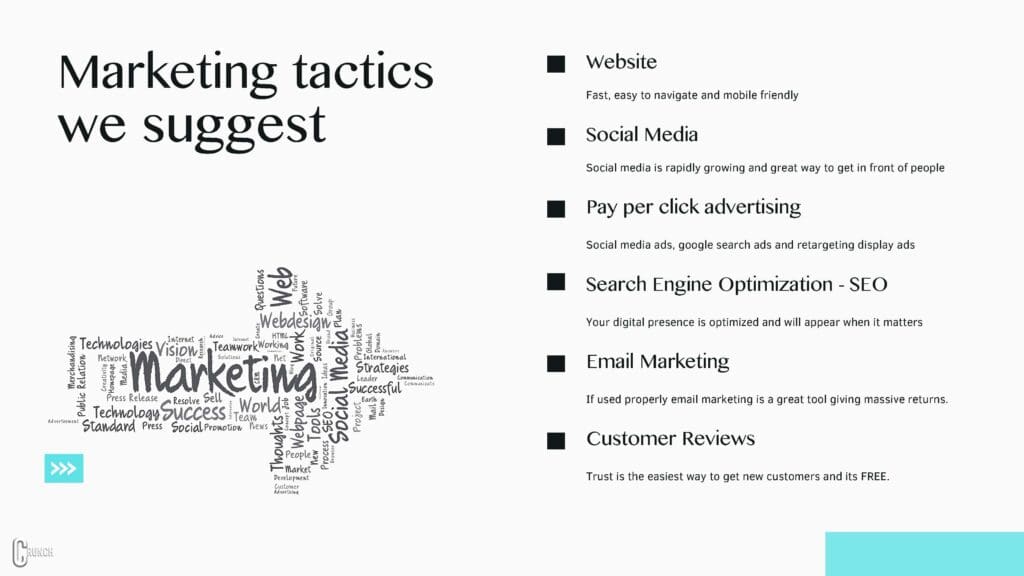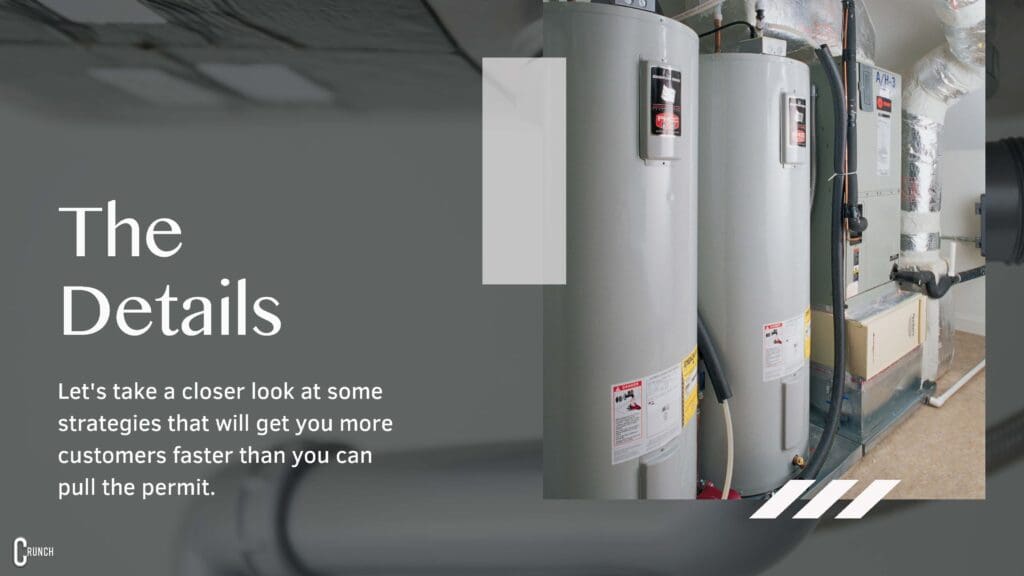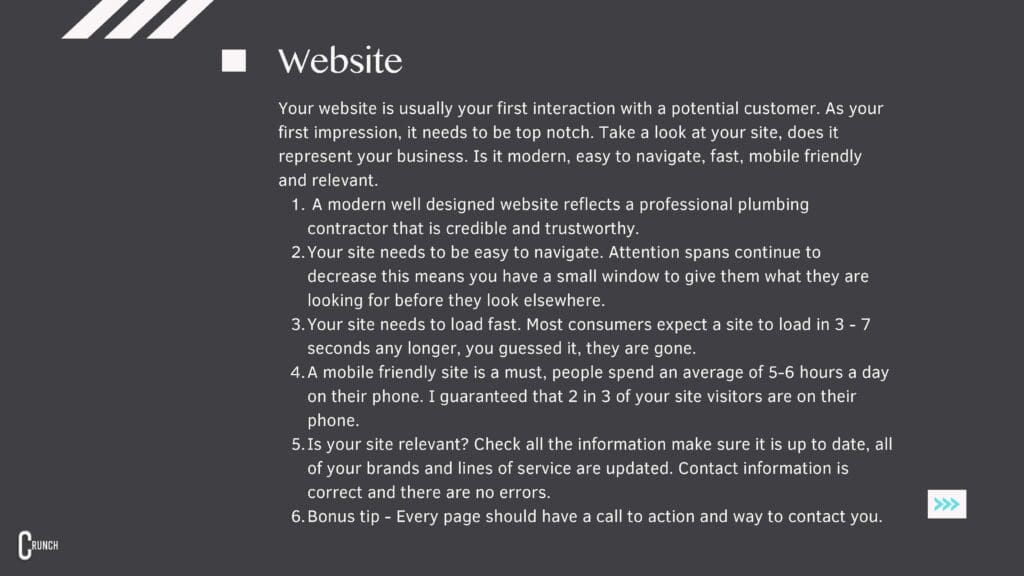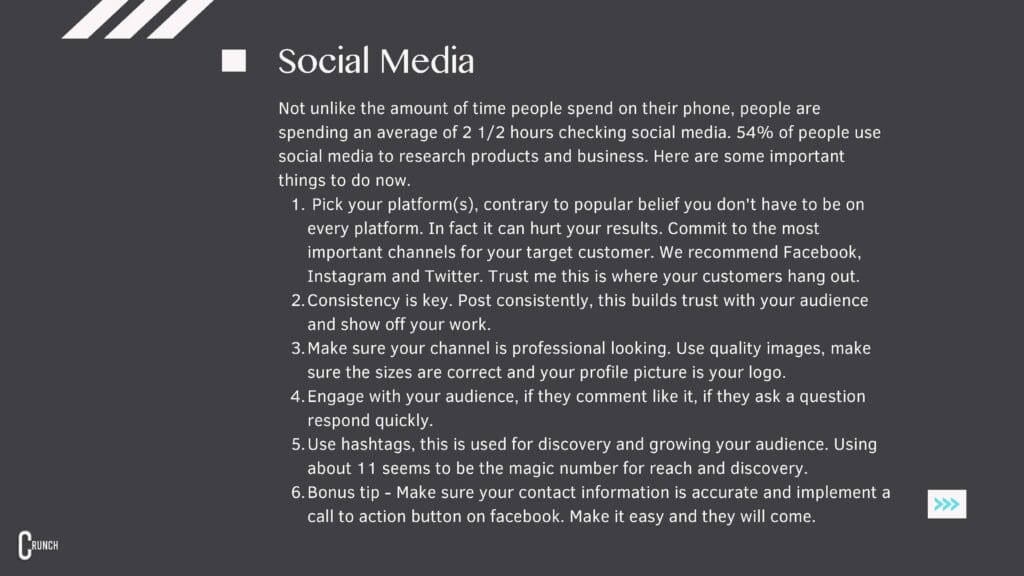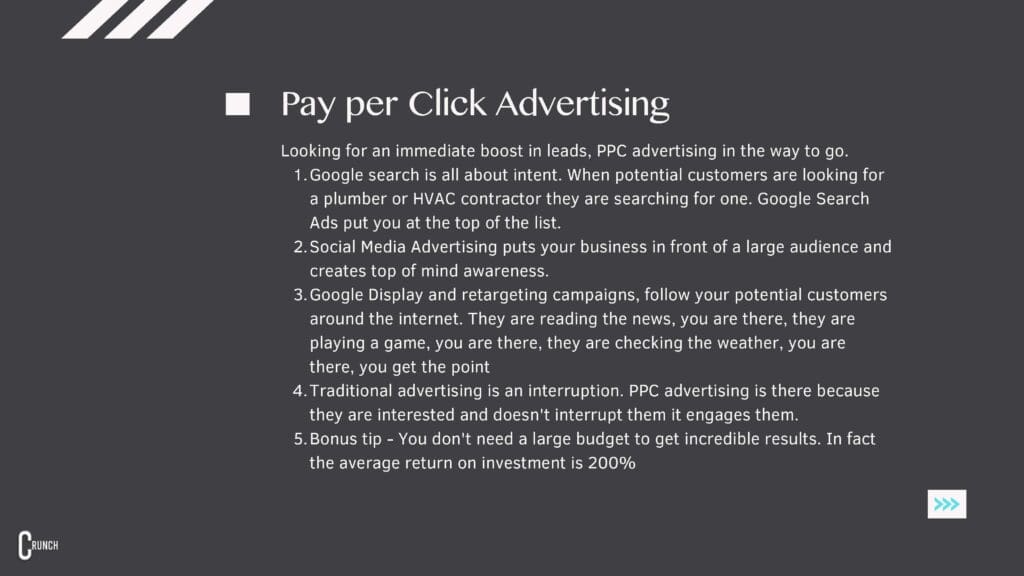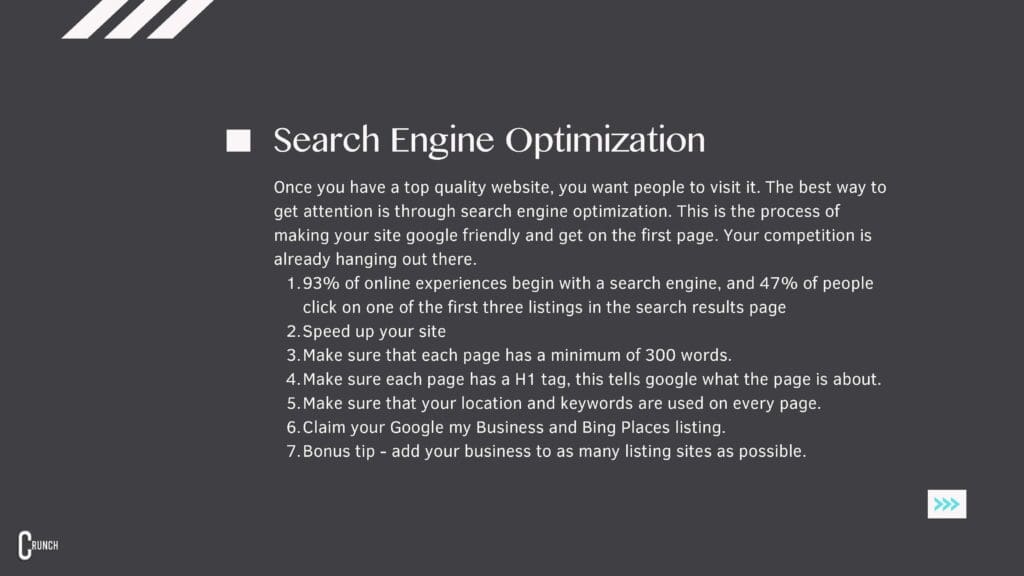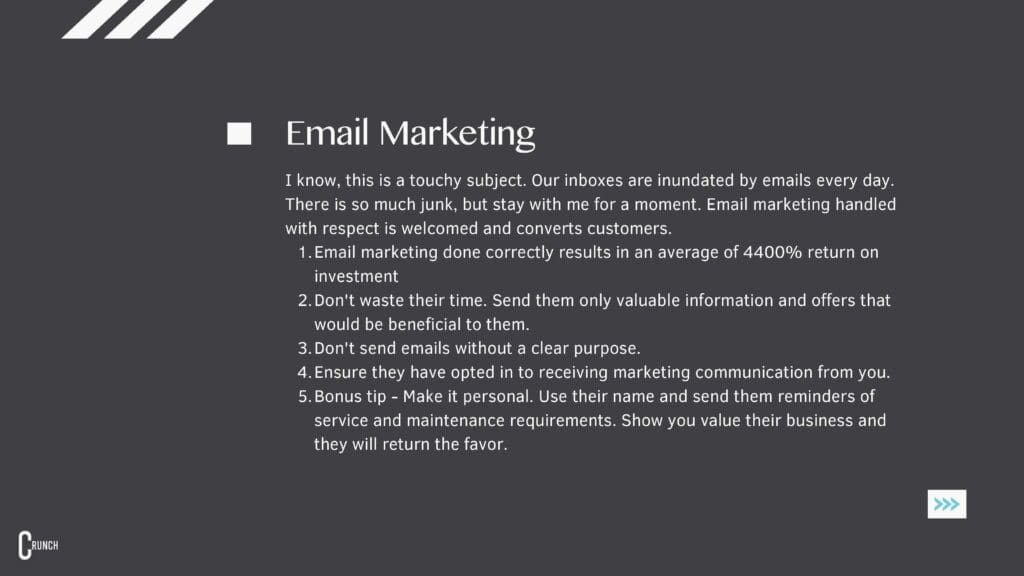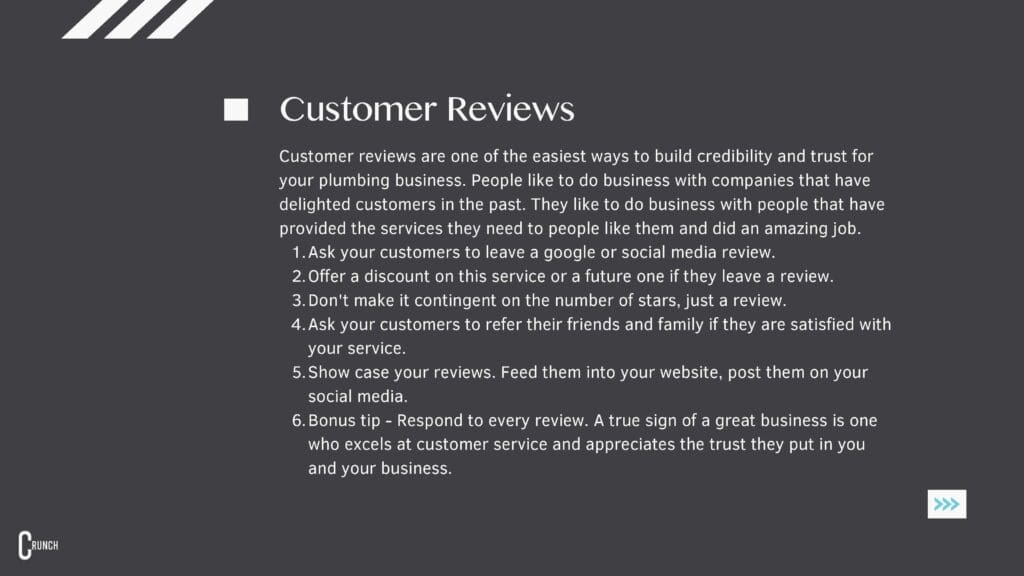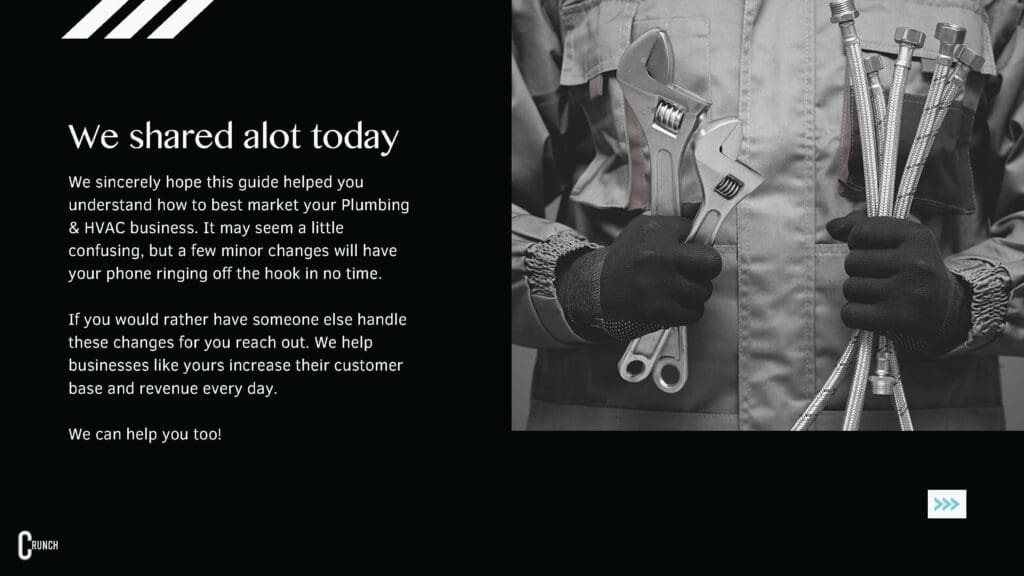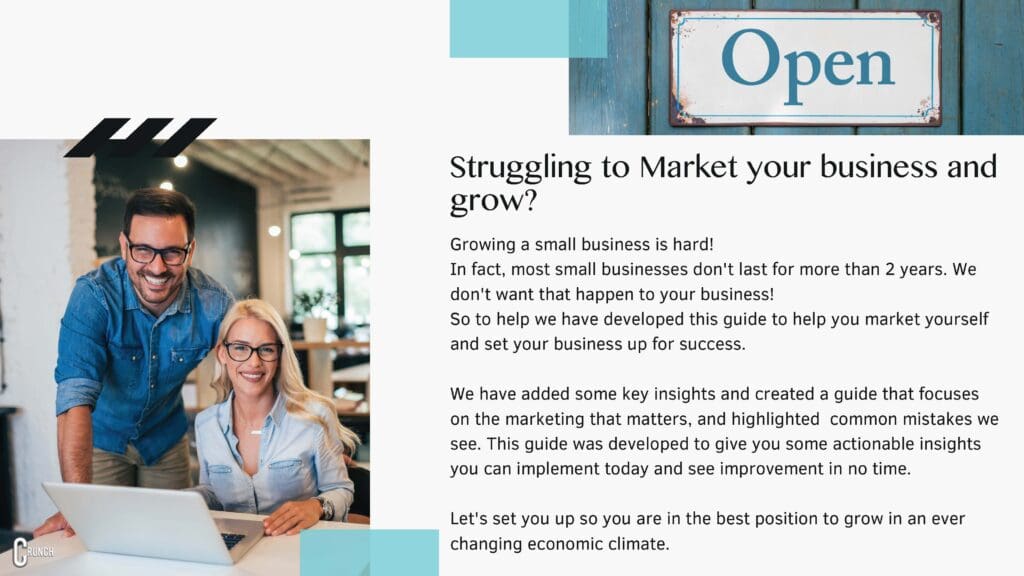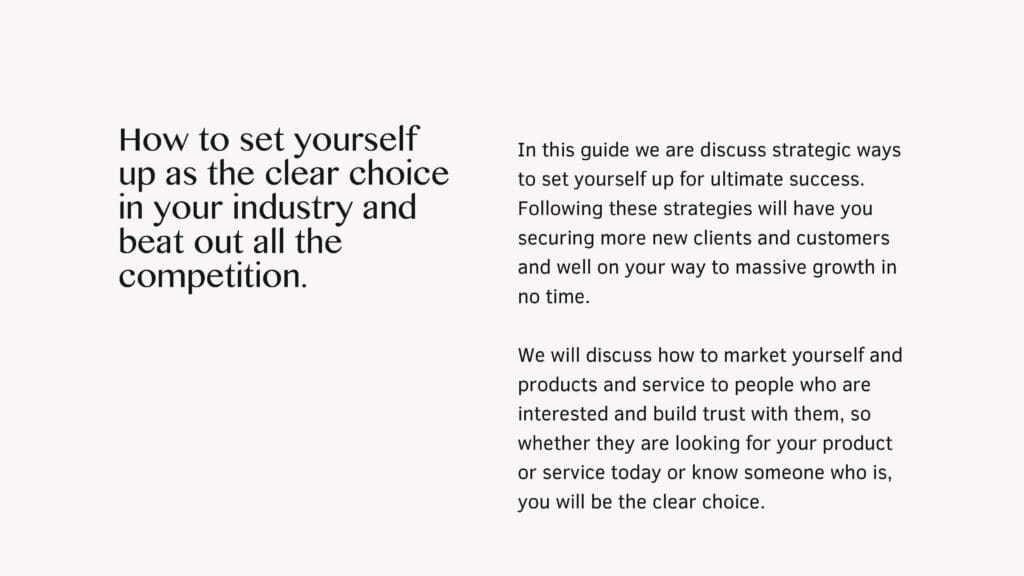Ecommerce is changing the way we shop and pay for goods and services, growing rapidly in recent years because it offers consumers several advantages over traditional shopping methods. You may have found yourself asking if ecommerce is right for your business. The decision to start using Ecommerce can be overwhelming and you may be feeling like it might be more work than its worth. With so many platforms and options to choose from, it is hard to know where to start. What ecommerce platform should you choose? Do you have the time to load all your inventory? How do you create a website that looks good and sells your products? And once it’s set up, how do you drive traffic to your store?
Online shoppers are always looking for convenience, more so now than ever, and that’s where Ecommerce comes in. With just a few clicks, you can buy what you need without leaving your house. As a local retail store, you may be frustrated, sales are down, you don’t have as much foot traffic and you’re not sure when if ever things will turn around. For small businesses there are several clear advantages to selling online in conjunction with traditional retail channels. These advantages can be summarized into three key points: reach, efficiency, and cost.
Making the decision to start selling online is one every business is facing right now. It is a major business decision and can have massive impact on your business. Let’s take a look at some of the pros and cons. This is by no means an exhaustive list but hopefully provides you with some information to aid your decision.

Pros & Cons
Cons
- You must pick the right ecommerce solution
- You must upload all the inventory you want to sell online
- You must decide on shipping provider and shipping cost strategy
- You must set processes for online sales such as fulfillment time and shipping time
- You must monitor in store and online sales and their effect on inventory.
- You must ensure the ecommerce store is set up and maintained to ensure it is functioning well and accurate
Pros
- You massively increase your customer base
- Launching an ecommerce branch of your business is far less costly than expanding
- You will experience increased brand awareness and a larger customer base
- You will experience increased customer engagement. Consumers value businesses that allow them to shop at their convenience.
- Happier customers, Consumers want convenience, and they want choices, they will appreciate the accessibility and the options.
- You are staying up to date and adapting to the way consumers are changing
- You can make arrangement with a shipping provider for regular pickup and discounted rates based on volume
- You can lighten your overhead costs
- You can set up your online store and your store front system to be integrated so all inventory is automatically updated
- You can massively increase your bottom line
- The world becomes your customer
- Some suppliers will ship direct to your customer, so it eliminates the need for large amounts of inventory
- Once you have an online store you have access to multiple sales channels, such as Facebook shop, shoppable Instagram, shoppable Pinterest, google shopping, amazon, Walmart the list goes on and on.
- Using alternative selling channels with your newly created online catalogue drives traffic to your business for you.
- Your customers can shop 24/7, you can be making money while sitting on the beach or even sleeping.
Next Steps in your Ecommerce Journey
Consumer behaviour is changing, and online shopping isn’t going away it is only going to get bigger, and more consumers are shifting to this method based on pure convenience.
With a well-tuned online marketing strategy, businesses can tap into global markets with little to no added cost. Additionally, customers who are browsing the web for products already have intent and are looking to purchase. The ease and convenience of online shopping has led to a dramatic increase in the number of people who buy goods and services over the Internet. Ecommerce is booming, and there are good reasons for this growth. Businesses that sell products and services online enjoy a number of advantages that simply aren’t available to those that rely on brick-and-mortar alone.
Setting up your business with ecommerce is going to take some work. However, your commitment will result in more sales, less overhead, less hassle and a larger bottom line.
The retail industry has been in a state of agitation for well over 20 years. From the threat of the big box store to the rise in ecommerce, business owns have had to adapt to these changes to remain competitive and continue to attract new customers and keep existing one.
There are so many benefits to starting an online arm to your business that it will make the process well worth the effort. Using a multichannel approach allows you to give consumers what they want most options and convenience. With both your store front and an online store you can offer so many options. From buy online to pick up in store, online returns, curb side pick up, in store exchanges the options are endless.

Now that we have discussed the good, the bad and the ugly, let’s take a look at what the transition to online selling may look like. There are a number of big decisions you need to make prior to taking your brick and mortar online. Your business is unique so we would suggest you consider this thoroughly.
You will need a platform, if you already have a website, see if it can be converted into an ecommerce site. You will also want the new ecommerce site to connect to your point-of-sale system. If it doesn’t currently don’t get discouraged there are lots of options out there. Do a little research and you will find the right platform. This is an important step as it will allow your in-store inventory to sync with your online inventory this will create a much easier management process.
There are some things to consider when choosing the right platform for your new ecommerce site.
- What is the total cost? Think about domain name, hosting, platform, SAAS fees etc.
- Is it scalable enough to continue supporting my business as I grow it?
- Is it easy to install and use?
- How flexible is its design? Will I be able to achieve the exact look I want for my storefront?
- How many products am I selling, and how many products can I add to the platform?
- Does it come with built-in security, like HTTPS and PCI compliance? Does that cost extra?
- Does it come with customer support and if so, during what hours? Is there an extra cost for support?
- Will my site work well for shoppers on different devices? Are its themes and templates responsive, resizing automatically based on the shopper’s device?
- Can it integrate with my existing business systems, like my current shipping, accounting, and POS systems? Or will I need third-party integrations?
- Can I easily link my online inventory to create shoppable posts on social media platforms like Facebook and Instagram?
It’s always important to keep your customers and community in the loop, and that’s true now more than ever. You will need to market your business and the new online version to both your current audience as well as you new consumer base. You can do this with social media, SEO, email marketing and digital advertising. Social media advertising has proven very good for ecommerce stores.
Retail isn’t dying, it’s transforming. Is the brick-and-mortar shopping experience becoming obsolete? Absolutely not. Consumers still need to be able to examine, touch and try products out in person. However, they have also come to expect total and utter flexibility on the part of today’s retailers. If you have reached the end of this article and think an ecommerce solution is right for your business and would like a little help, reach out, we help businesses just like yours everyday.
